The European Slave Trades: A Forgotten History
When people hear the term “slave trade,” their minds often jump to the transatlantic trade that forcibly brought millions of Africans to the Americas. But Europe had its own long history of slave trading, one that is often overlooked. From the shores of North Africa to the vast steppes of Eastern Europe, millions of people were captured, bought, and sold over the centuries.
The map below created by a Reddit user True-Lychee visualizes the Barbary slave trade in which Europeans were abducted and sold into slavery.
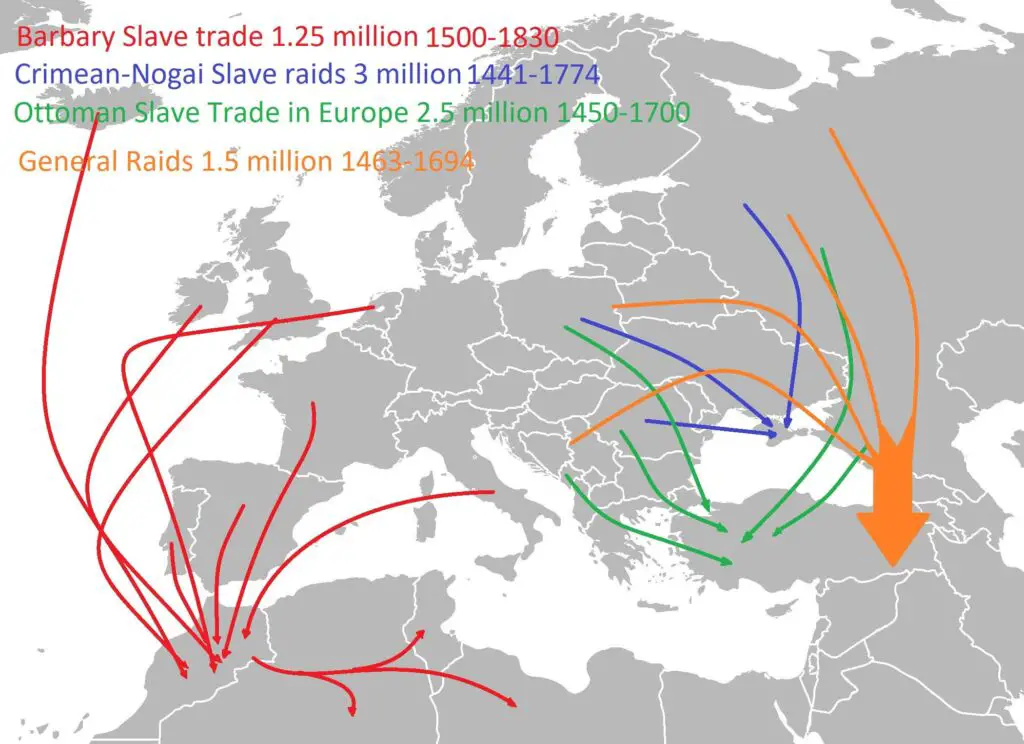
The Barbary Slave Trade (1.25 Million Captives, 1500–1830)
For over 300 years, the Barbary Coast of North Africa—home to the infamous Barbary pirates—was a major center for the enslavement of Europeans. These pirates, operating out of ports in present-day Algeria, Tunisia, and Libya, raided coastal towns from Italy to Ireland, even reaching as far as Iceland! They captured men, women, and children, selling them in slave markets across North Africa and the Ottoman Empire.
What happened to these captives? Many were forced into hard labor, rowing galley ships under brutal conditions. Others were sold into domestic servitude or forced into harems. Some lucky ones were ransomed back to their families, but for most, their fate was sealed. A staggering 1.25 million Europeans are estimated to have been enslaved in this trade.
The Crimean-Nogai Slave Raids (3 Million Captives, 1441–1774)
For over three centuries, the Crimean Khanate and its Nogai allies conducted relentless slave raids across Eastern Europe, particularly targeting Poland, Lithuania, and Russia. Entire villages were burned to the ground, and survivors were shackled and marched south to the slave markets of Crimea.
These raids, known as the “harvesting of the steppe,” supplied the Ottoman Empire and Middle Eastern markets with a steady stream of slaves. Many were sent to Constantinople (Istanbul), Cairo, and beyond, while others were put to work in Crimean households. Historians estimate that between 3 and 5 million people were enslaved this way, making it one of the largest but least-known slave trades in history.
The Ottoman Slave Trade in Europe (2.5 Million Captives, 1450–1700)
The Ottoman Empire was one of the largest slave-trading powers in history, with slaves coming from Eastern Europe, the Caucasus, and the Balkans. Christian boys were taken from their families in a brutal practice known as the devshirme, where they were converted to Islam and trained as elite soldiers in the Ottoman army—some rising to high ranks as Janissaries.
Others, however, were not so fortunate. Millions of Slavs, Albanians, Greeks, and other Europeans were captured in wars or border raids and sent to Istanbul’s slave markets. Women often ended up in harems, while men performed grueling labor in agriculture or construction. It is estimated that the Ottomans enslaved 2.5 million Europeans between 1450 and 1700.
The General Raids (1.5 Million Captives, 1463–1694)
Between the 15th and 17th centuries, the Mediterranean was a dangerous place for coastal towns. Pirates and slave traders from both Christian and Muslim states conducted raids, capturing people from rival territories. These general raids, involving both privateers and state-backed operations, led to the enslavement of an estimated 1.5 million people.
The victims came from all walks of life: fishermen, farmers, merchants, even priests. Some were enslaved in North Africa, others were taken to European galleys, while some were simply sold to the highest bidder. This chaotic period saw the Mediterranean become a vast and brutal marketplace for human lives.
The Legacy of the European Slave Trade
While the transatlantic slave trade left a visible and lasting impact on the Americas, the effects of these European slave trades are often harder to trace—but they are still there.
- Ethnic and Genetic Markers – The genetic legacy of centuries of slave trade can still be found in modern populations. Many Southern Europeans and North Africans share genetic markers from centuries of intermixing due to slavery. Similarly, descendants of Slavic captives can be found throughout Turkey and the Middle East.
- Cultural and Linguistic Influence – Words related to slavery have entered European languages due to these trades. The term “slave” itself comes from “Slav,” a reflection of how many Slavic people were enslaved in medieval Europe.
- Depopulation and Economic Consequences – The Crimean-Nogai slave raids devastated Eastern European villages, stalling economic development and contributing to regional instability for centuries. Likewise, the constant fear of Barbary raids led to the mass abandonment of coastal towns in Spain and Italy.
- Modern Borders and Relations – The history of these slave trades still affects international relations today. Countries like Russia and Poland have long historical grievances with Turkey due to Ottoman slave raids, and North African-European tensions still carry echoes of the Barbary Coast era.
Final Thoughts
The history of slavery in Europe is a complex and often overlooked chapter of the past. While the transatlantic slave trade is widely studied, millions of people were also enslaved through the Barbary Coast, the Crimean steppes, and the Ottoman Empire. Their suffering and the long-term consequences of these trades deserve to be remembered.
What do you think about this forgotten history? Were you aware of these slave trades before? Share your thoughts in the comments below!

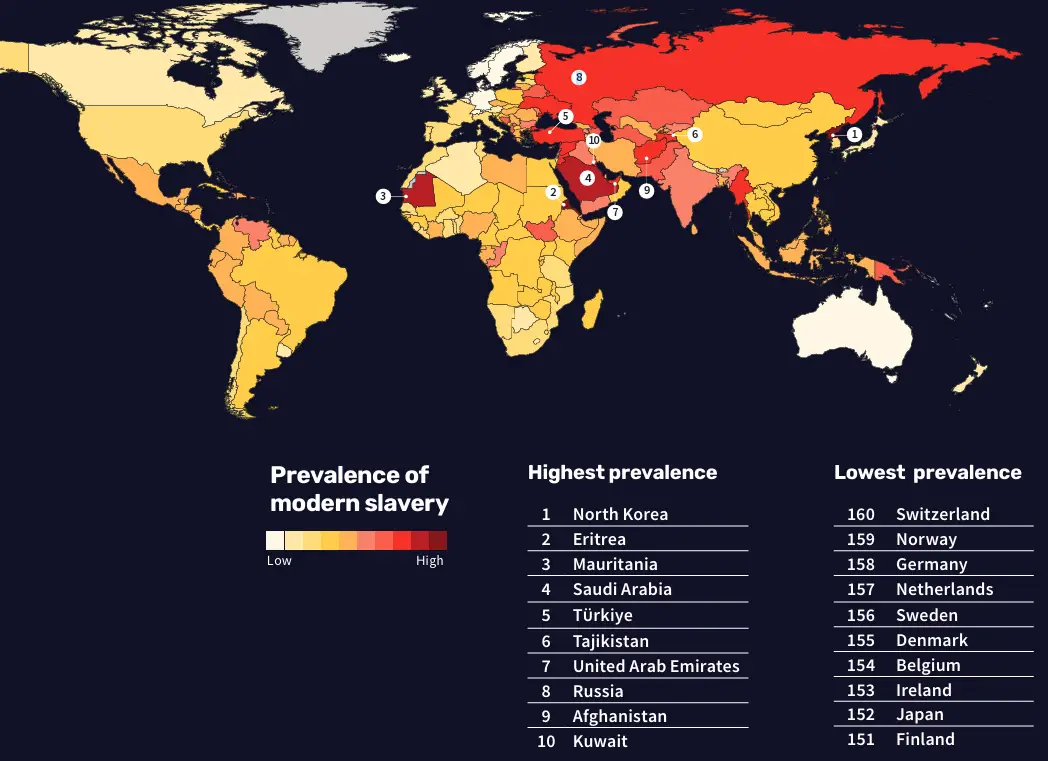
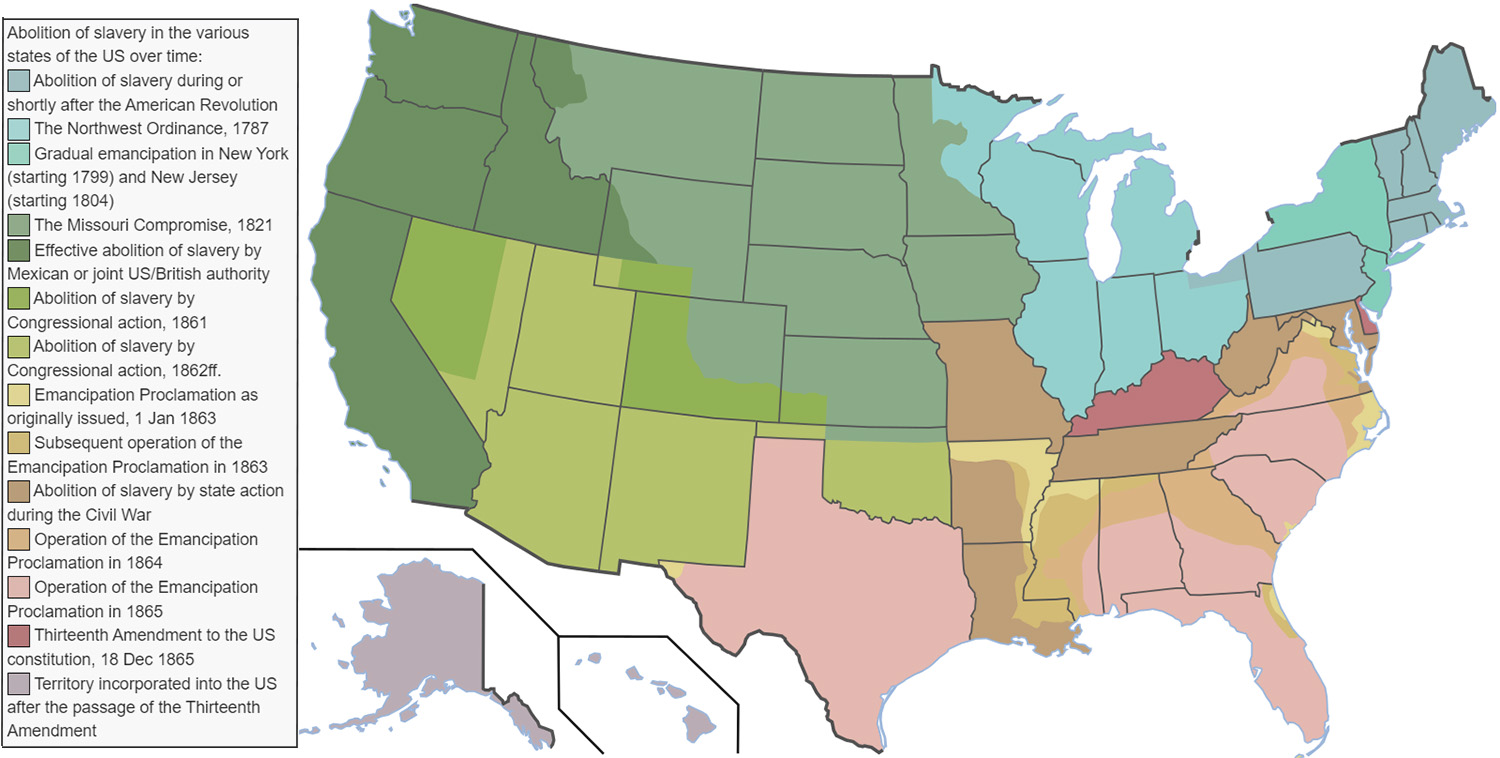
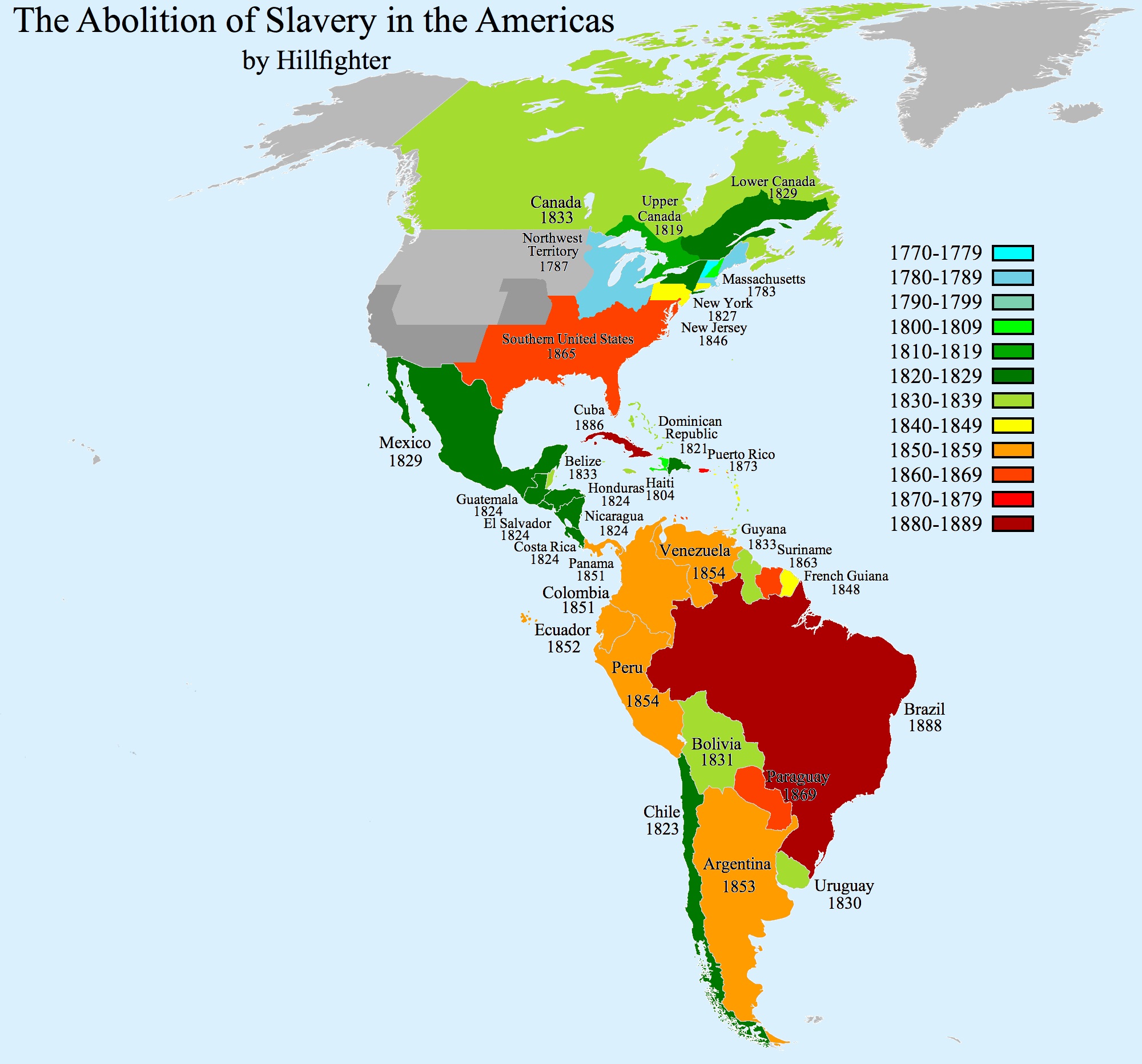

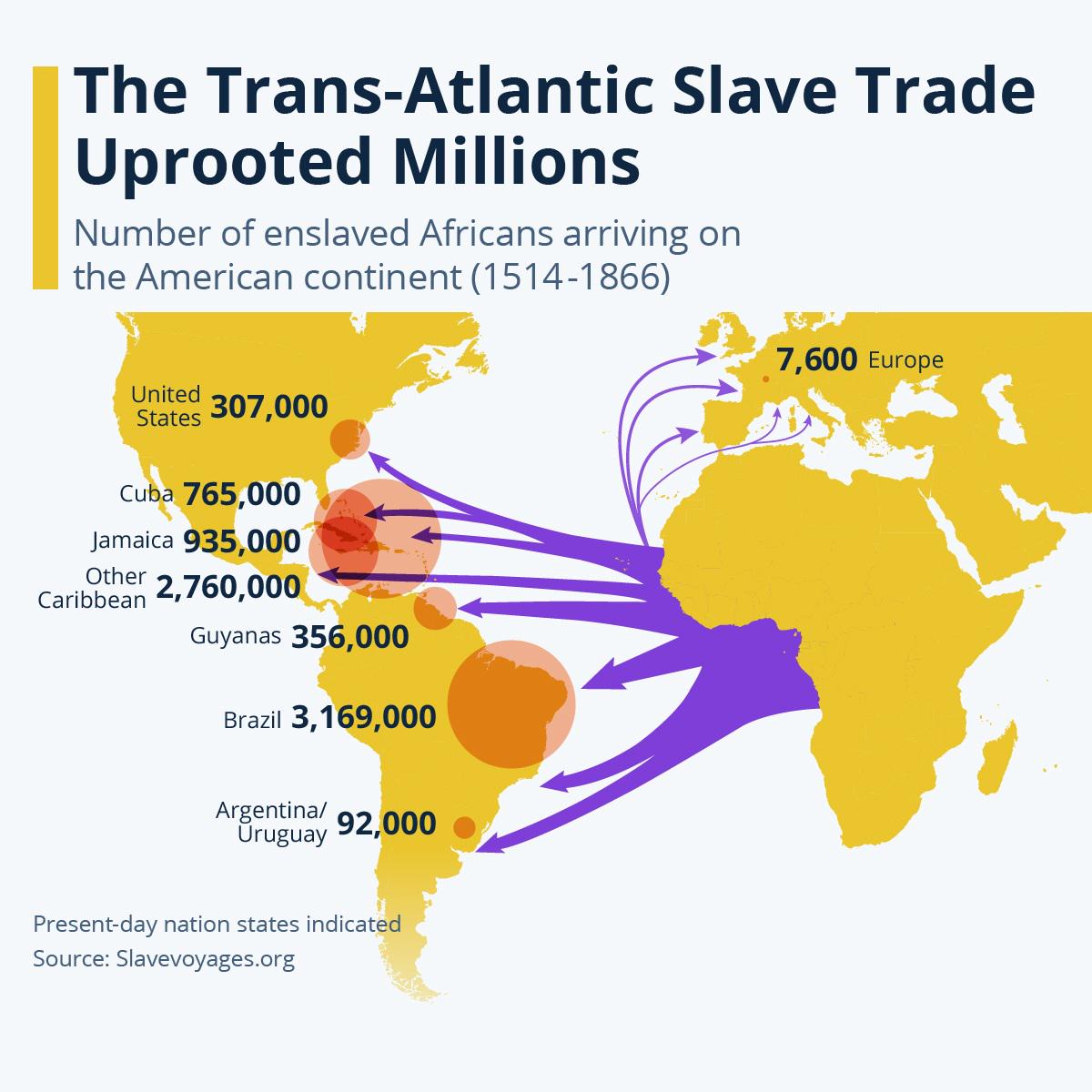



Christian slavery goes back to Biblical, era